Fast food prices have skyrocketed in recent years, outpacing the national inflation rate.
While many turn to fast food for affordable meals, recent trends show this may no longer be the case. Here are the chains that have hiked up their prices the most and how it impacts your wallet.
Fast Food vs. National Inflation
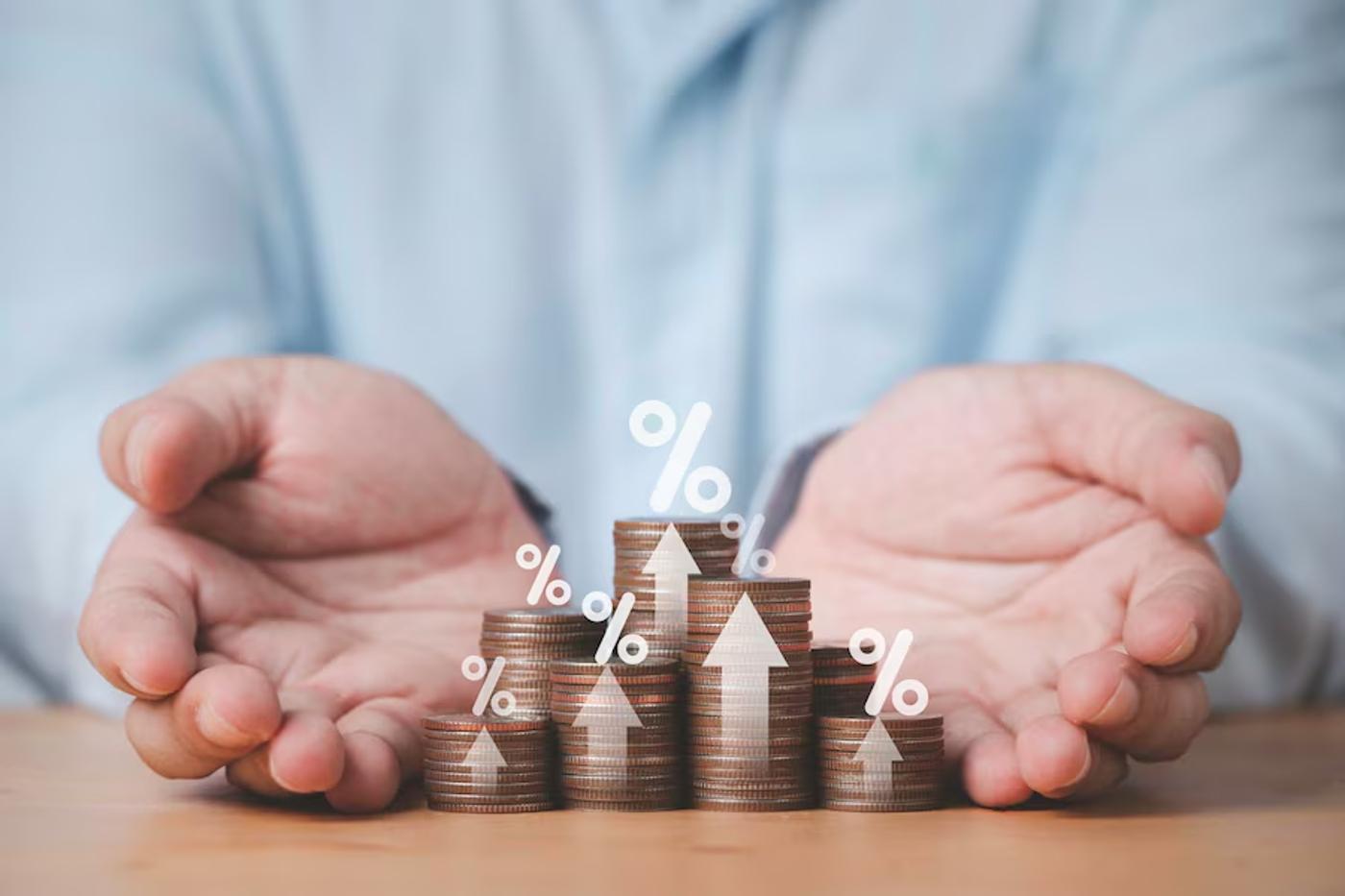
Since 2014, the cost of goods in the U.S. has risen 31%, according to the Bureau of Labor Statistics.
In comparison, fast food prices at popular chains have increased by an average of 60%, nearly doubling the national inflation rate.
McDonald’s – The Biggest Price Hikes

McDonald’s takes the lead in price hikes, with an average increase of 100% since 2014.
A McChicken sandwich, once $1, now costs $3, a 200% increase. The iconic Big Mac combo also saw significant price jumps, garnering consumer backlash online.
McDonald’s Prices Double
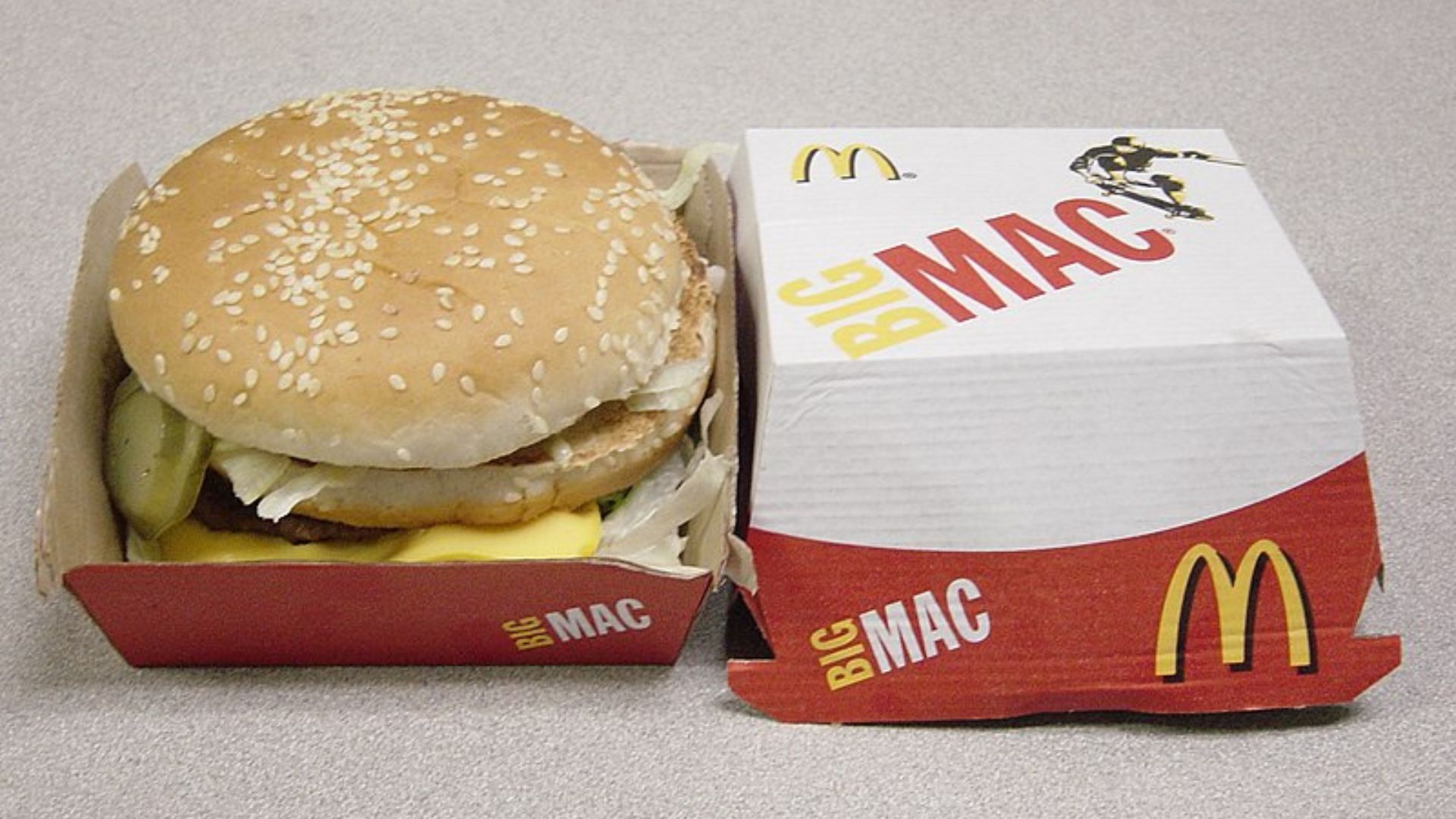
McDonald’s Big Mac, a fast food icon, now costs over $18 for a combo meal. This represents a more than 100% increase since 2014.
Such steep price hikes have contributed to the perception of fast food as a luxury, pushing consumers to rethink their dining choices and cut back on what was once a quick and affordable option.
Taco Bell – More Than Just Tacos
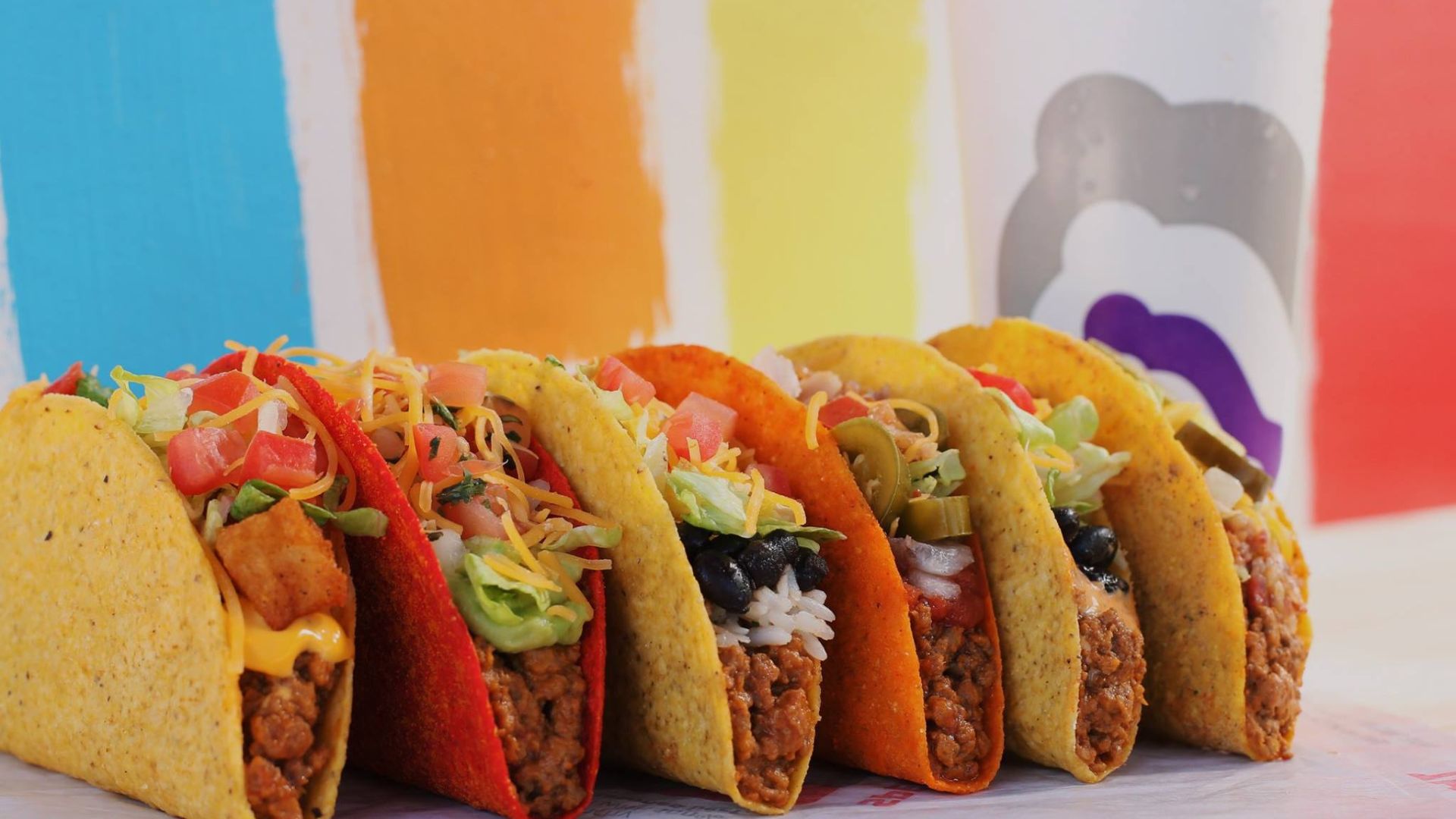
Taco Bell has raised its prices by 81% over the past decade.
A Doritos Locos Taco went from $1.39 in 2014 to $2.59 in 2024. The Cheesy Gordita Crunch has doubled in price, now costing $4.99, and the Beefy 5-Layer Burrito increased by 132%.
Chipotle – Burritos with a Higher Price Tag
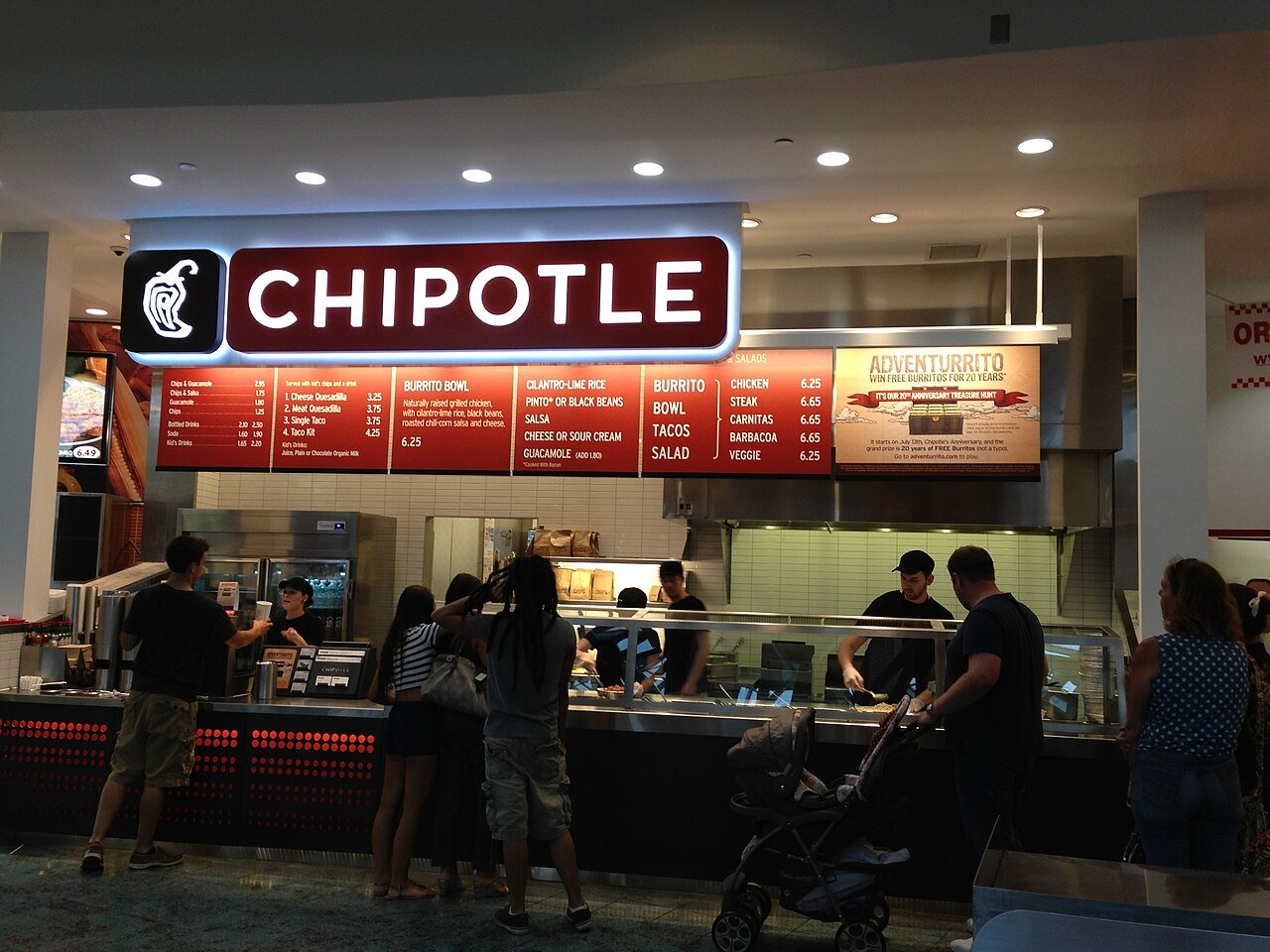
Chipotle’s average price increase is 75%. In 2014, a burrito cost around $6.75; now, it’s over $10.50.
Even the extra guacamole, which cost $1.80 in 2014, now costs $2.95, a 64% increase.
Popeyes – Spicy Prices

Popeyes has seen a price hike of over 75% in the past decade.
Popular items like their Chicken Sandwich have become significantly more expensive, contributing to the overall rise in their menu prices.
Subway – Stable But Still Increasing
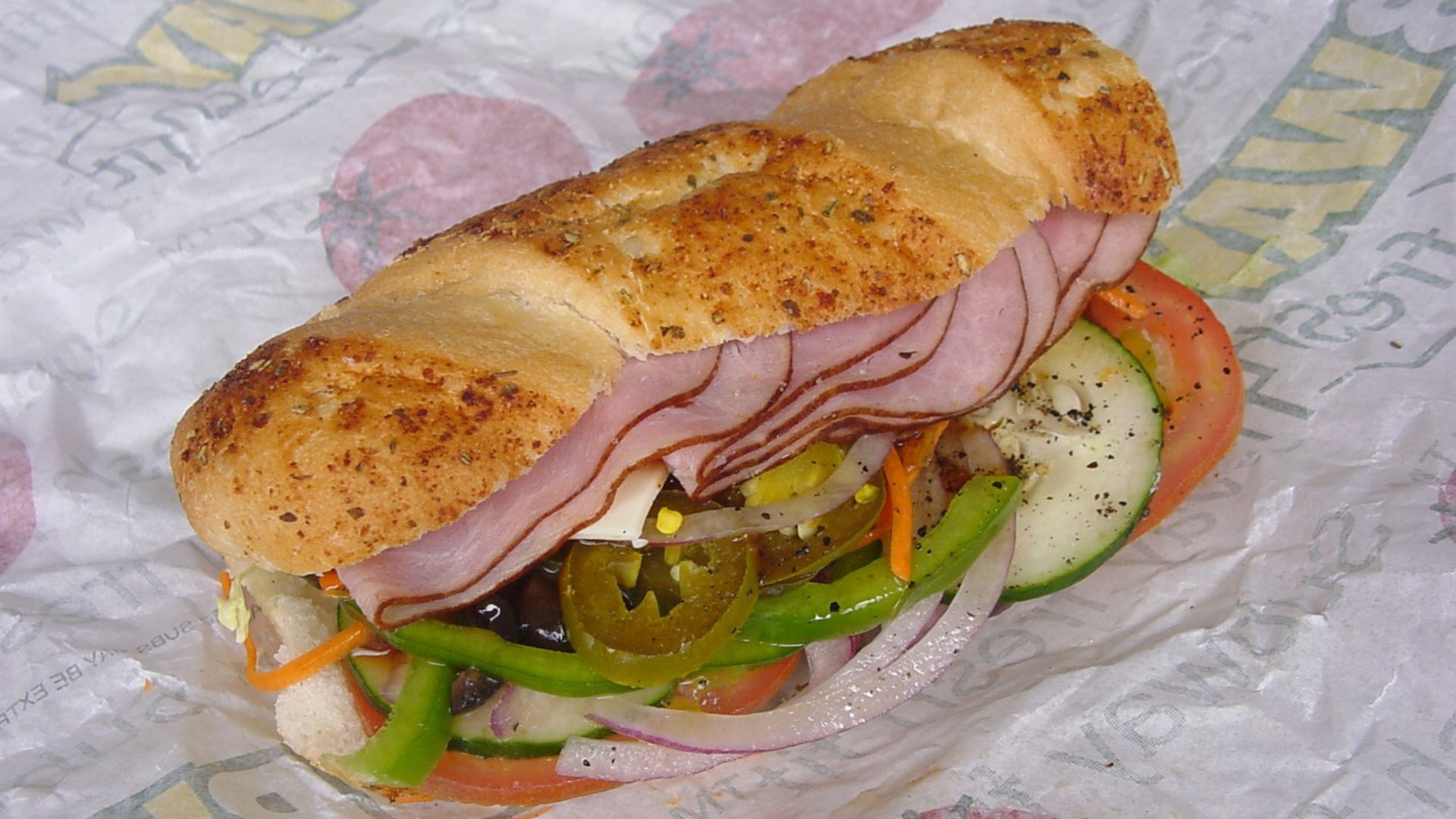
Subway managed to keep its price increases more stable but still outpaced national inflation.
Items like the Footlong Sub saw moderate increases, not to mention the campaign being totally abandoned. But while active, they were generally more affordable compared to other chains.
Starbucks – Coffee Costs Climbing
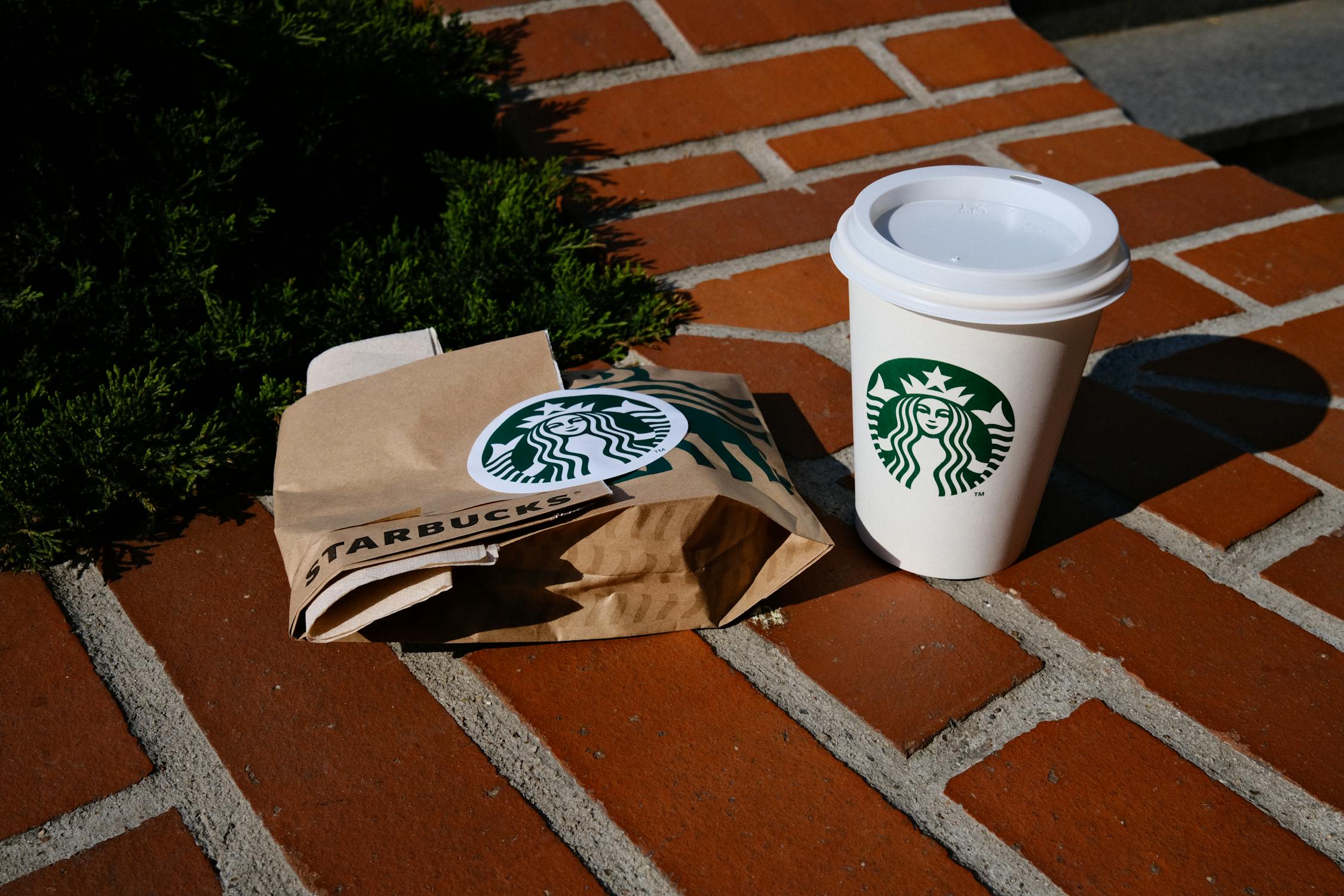
Starbucks increased prices by 31%, aligning closely with the national inflation rate.
Popular drinks like the Chai Tea Latte and Mocha Frappuccino have seen price hikes, but some items, like the Caffè Latte and Caramel Macchiato, have increased slower than inflation.
Impact on Consumers

A LendingTree survey found that nearly 80% of Americans now view fast food as a luxury. Over 60% have cut back on fast food due to high prices.
This trend is especially strong among those earning less than $30,000 a year, who struggle to justify the expense as they manage their finances amid rising living costs.
Strategies to Save on Fast Food

Despite rising prices, there are ways to save, or at the very least, benefit from your fast food purchases.
Use credit cards that offer cash back on dining, download fast food apps for exclusive deals, and watch for special promotions like McDonald’s $5 meal deal.
Weighing Options
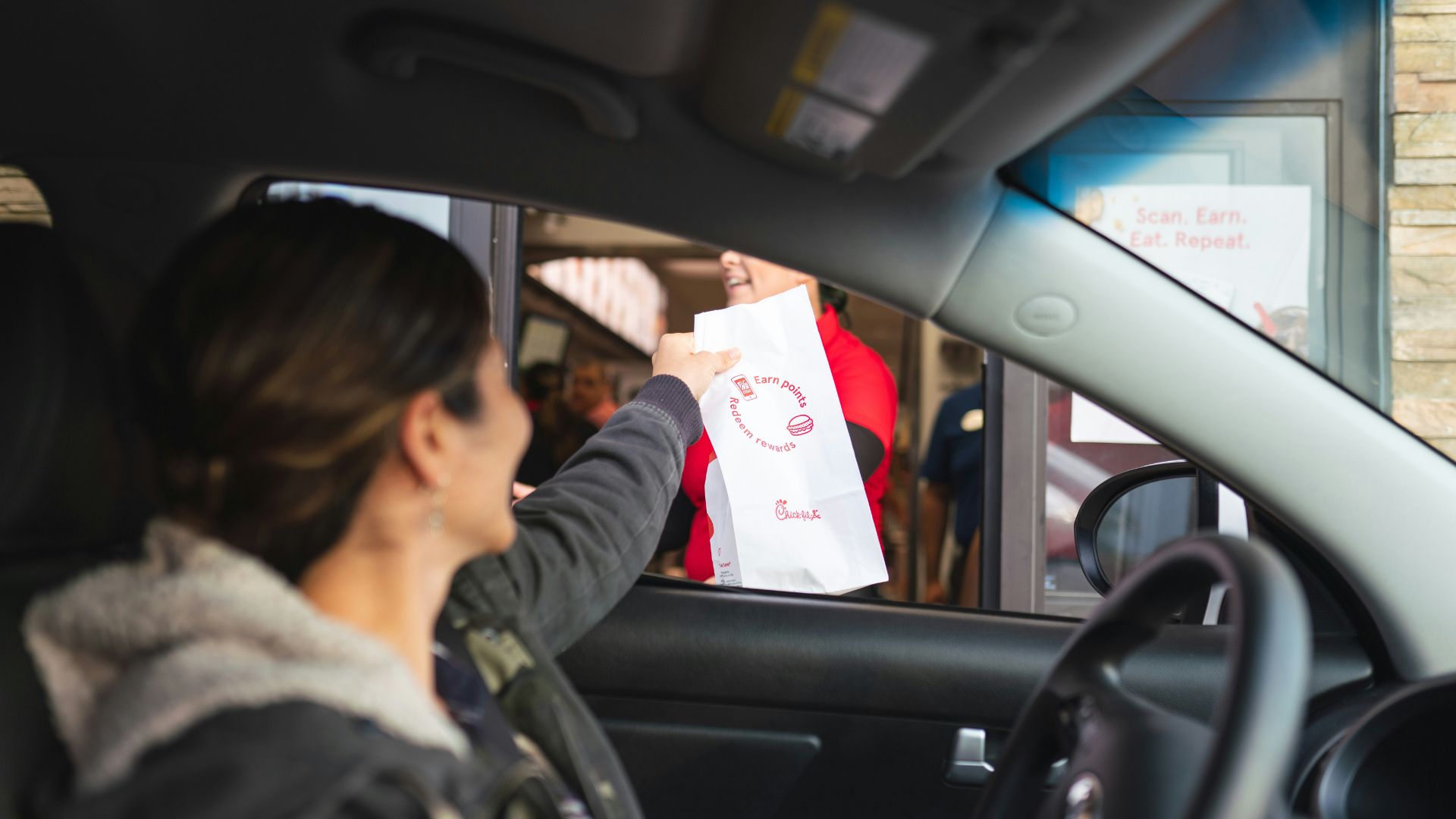
While fast food has long been a budget-friendly option, recent price hikes challenge that notion. As the cost of living continues to rise, consumers must research deals and be strategic in their dining choices to avoid breaking the bank.
By staying informed and seeking out savings opportunities, we can all still enjoy our favorite fast food items without draining our wallets.
